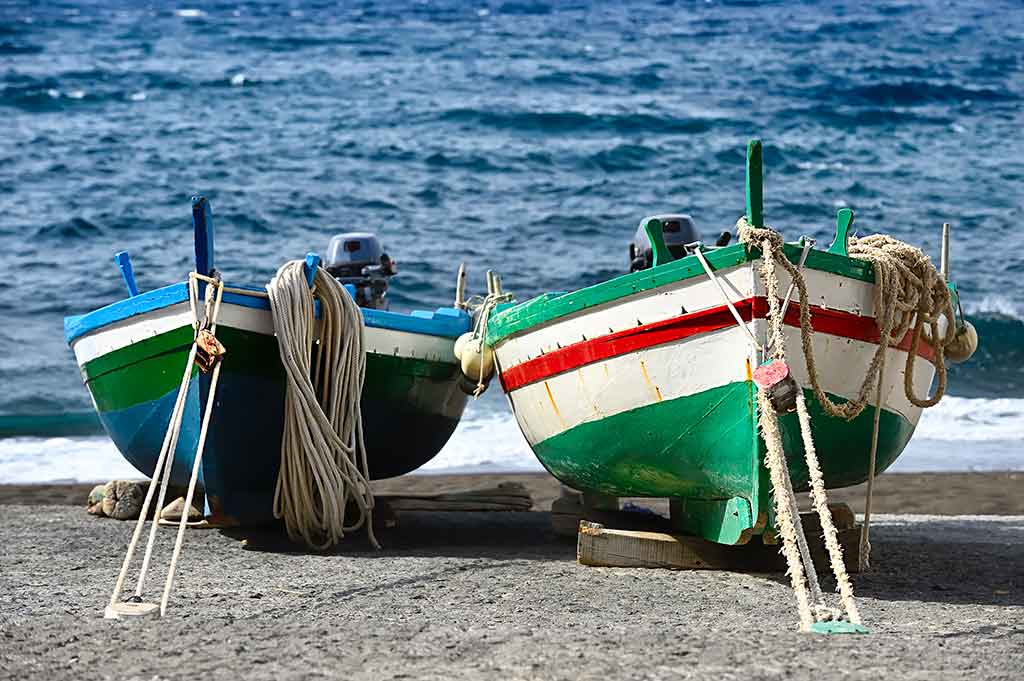
Island of Salina in the Aeolian archipelago
The wonderful island of Salina, famous for being the enchanting movie set of Massimo Troisi's Il Postino is today one of the main locations in the Archipelago of the Aeolian Islands, very popular with tourists from all over the world for its peculiarities of the landscape and beyond.
Salina, which owes its name to an old pool of water that was once used for the extraction of salt, presents itself with rich Mediterranean vegetation and a large amount of plants and fruits typical of this island, especially the vine (from which Malvasia wine is obtained) and caper.
The municipalities, which are part of the province of Messina, are three: Santa Marina, the center with a greater tourist vocation with a good quantity amp; agrave; of accommodation facilities and the presence of a docking port; Malfa, a town of about a thousand inhabitants located in the hilly area of the island; Leni, which covers about a third of the island and is located near the coast. These three municipalities were gathered in a single town called Salina until 1909.
In addition to culinary delicacies, the island also offers good possibilities for those who love the sea and walks immersed in nature. Among the most popular beaches, you can remember that of Lingua, with its characteristic salt pond, an enchanting place to relax with friends or the family on vacation. There is also a pier of about fifty meters to offer a unique panorama to tourists and an unforgettable experience, having the impression of walking on the water.
Beautiful to see for its enchanting natural scenery is also the dry of Punta Perciato, which develops in length parallel compared to the coast and consists of some big rocks with extremely jagged morphology and walls. A great place recommended for divers and many curious fans for diving.
Another beautiful place is the beach of Pollara, very romantic and frequented by couples all over the world, thanks to its very special stacks, which consists of a semi-circular white wall that overlooks, in all its power, the beach below. This wall is what remains of the inner part of the crater of a volcano that has been extinguished for some time.
written by Christopher Clayton - Last update: 07/08/2022
This guide has been translated automatically through a third party service. Visititaly offers these automatic translations to help site visitors, however the automatic translations may contain inaccuracies, errors or inaccuracies. You can contact us to report inaccuracies or errors and we will check the translation.